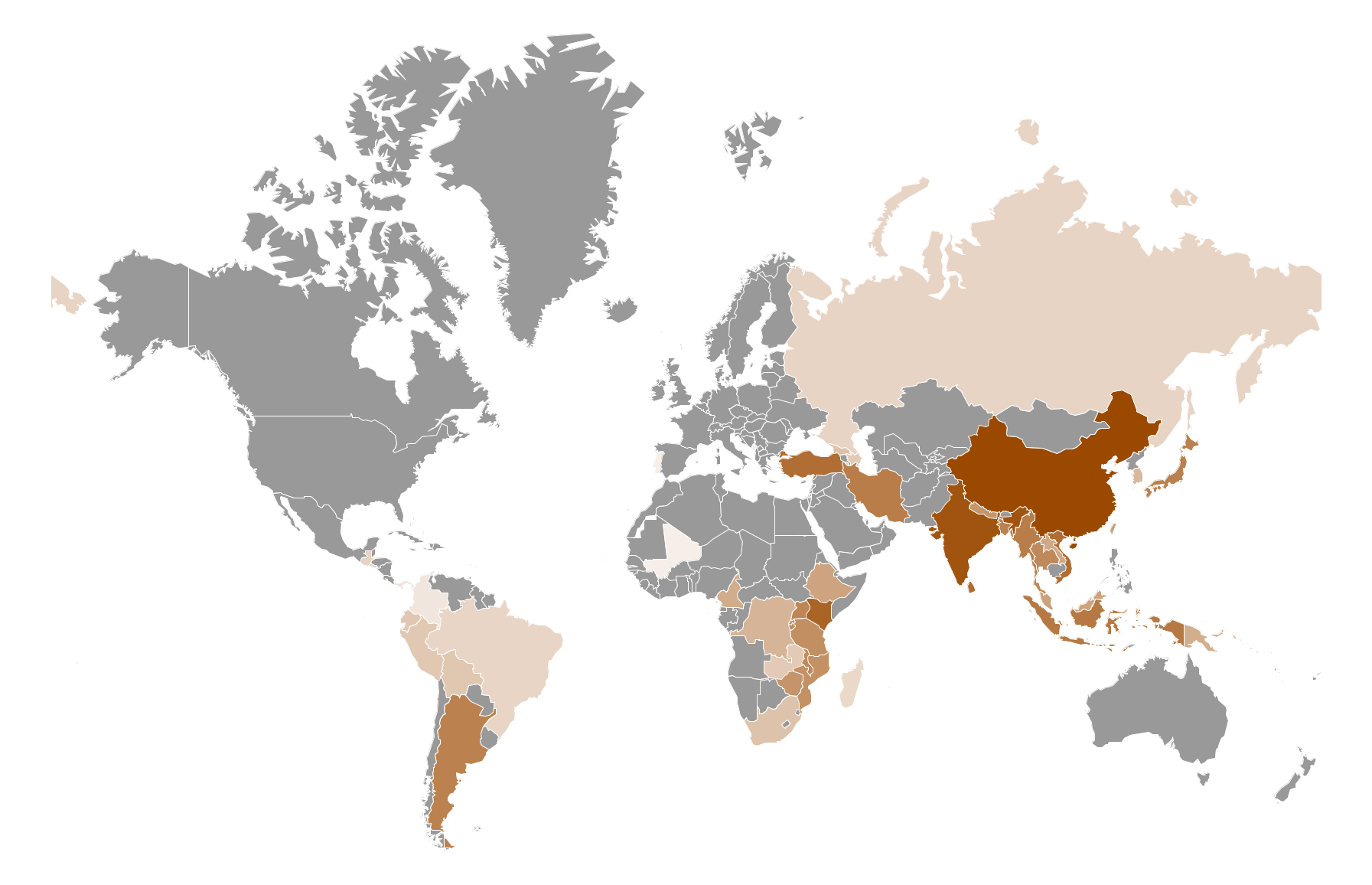
Top 10 Tea Producing Countries in the World
Content
- 10. Argentina (69,924 tons; XNUMX)
- 9. Iran (eighty-three thousand nine hundred ninety tons; 83,990)
- 8. Japan (88,900 tons; XNUMX)
- 7. Vietnam (116,780 tons; XNUMX)
- 6. Indonesia (157,388 tons; XNUMX)
- 5. Turkey (one hundred and seventy-four thousand nine hundred and thirty-two tons; 174,932)
- 4. Sri Lanka (two hundred ninety-five thousand eight hundred and thirty tons; 295,830)
- 3. Kenya (Three hundred and three thousand three hundred and eight tons; 303,308)
- 2. India (Nine hundred thousand ninety-four tons; 900,094)
- 1. China (One million one hundred thirty tons; 1,000,130)
Long ago in China, long before the coming of Christ, the Chinese Emperor made a revolutionary discovery. According to legend, he had a habit of drinking only boiled water. The wind has always been a force of nature. One day, when his servants were boiling water, a certain “leaf” fell into the cauldron. Thus, "tea" was brewed. This is how the first cup of tea was made. The discovery of tea was inevitable, the only question was when.
Since then, this plant has entered the economy of a number of countries around the world. In 2017, over 5.5 billion kg of tea was produced worldwide. Why so much tea? Actually the wrong question. Why not? Let's now take a look at some of the top tea producers in the world in 2022 and what meaning those tiny leaves at the top of the bush have made for the country.
10. Argentina (69,924 tons; XNUMX)
In addition to mate, tea is very popular in Argentina. Locally grown yerba mate is a local tea grown throughout the country. However, when it comes to tea production, most of the magic happens in the northeastern provinces of the country. Most of the tea produced in Argentina comes from these regions, namely Misiones and Corrientes.
Farmers rely on modern tools to help them with all aspects of farming, from growing plants to harvesting leaves. Naturally, most of the tea produced here is exported and is the main source of foreign exchange for the country. The United States of America, Great Britain and several other European countries export most of the tea, where tea is mainly used for blending.
9. Iran (eighty-three thousand nine hundred ninety tons; 83,990)
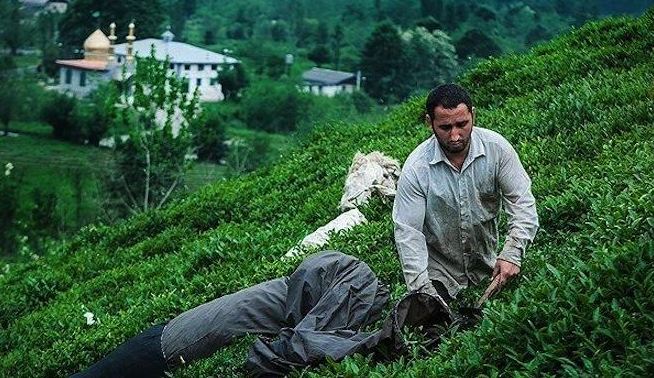
Iran's love affair with tea is literally like a love affair. Initially, the Iranians leaned towards the irreconcilable rival of tea - coffee. However, due to the difficulties involved in obtaining coffee, due to the long distances to coffee-producing countries, tea soon appeared in the country. Tea was relatively easy to obtain as Iran's neighbor China was one of the largest exporters of tea. Not exactly neighbors, but comparatively closer to coffee exporting countries.
Once the Iranians tasted tea, their need was never satisfied. Largely due to the initial exploits of Prince Kashef, Iran is today the ninth largest tea-producing country in the world. Prince Kashef learned the secret art of growing tea while working in India as a laborer in disguise. He then took everything he learned, along with a few samples, back to Iran, where he began making tea. Today, most of the tea produced in Iran is grown in the northern provinces on hillsides like those in Darjeeling.
8. Japan (88,900 tons; XNUMX)
The reality is that in Japan, tea is grown almost all over the country. Although it cannot be grown commercially everywhere, it can still be grown almost everywhere in the country, with the possible exception of Hokkaido and areas in Osaka. Due to differences in soil conditions and climate, different regions are famous for producing different tea blends.
Even today, Shizuka remains Japan's largest tea-producing state. Almost 40% of the tea produced in Japan comes from this area. It is followed, not far behind, by the Kagoshima region, which accounts for almost 30% of the tea produced in Japan. Apart from these two popular and important regions, Fukuoka, Kyushu and Miyazaki are a few other important tea producing states. Of all the tea produced in Japan, only a very small part of it is exported due to the large demand for it in the country itself, and most of the tea produced is green tea.
7. Vietnam (116,780 tons; XNUMX)
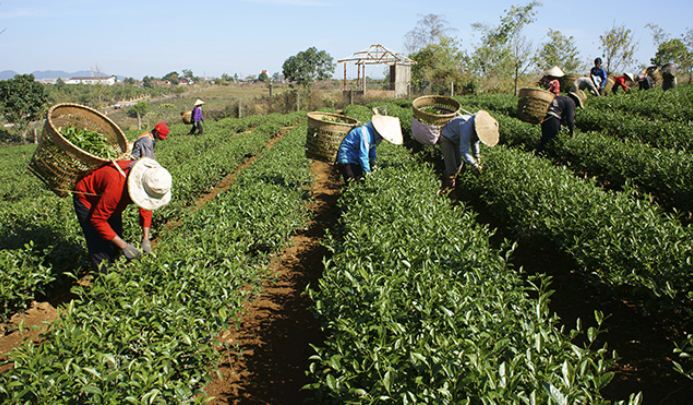
Tea in Vietnam is deeply rooted in their culture. The French invasion of Vietnam greatly helped the Vietnamese tea industry. They helped with plant construction and research in many key areas. Since then, the tea industry has only grown from strength to strength. In fact, most of the tea produced is actually exported, with only a fraction left for domestic consumption. Just like China and Japan, Vietnam mainly produces only green tea. In fact, most of the tea is exported to China. Plantations flourish in several regions of the country. Some of the most popular regions include Son La, Lai Chua, Dien Bien, Lang Son, Ha Giang, etc.
6. Indonesia (157,388 tons; XNUMX)

Indonesia is a country where tea was once the region's most important culture. However, due to the growth of the more lucrative palm oil business, land devoted to tea plantations has suffered. Despite this, today Indonesia is still one of the leading tea producers in the world. Half of what they produce is exported and the other half is left for domestic consumption.
Their main export partners, at least for tea, are Russia, Pakistan and the UK. One of the main challenges facing tea growers in this country is to maximize their production. All that aside, most of the tea produced in the country is black tea and only a fraction of it is green tea. The main part of the production is carried out in Java, in particular in West Java.
5. Turkey (one hundred and seventy-four thousand nine hundred and thirty-two tons; 174,932)
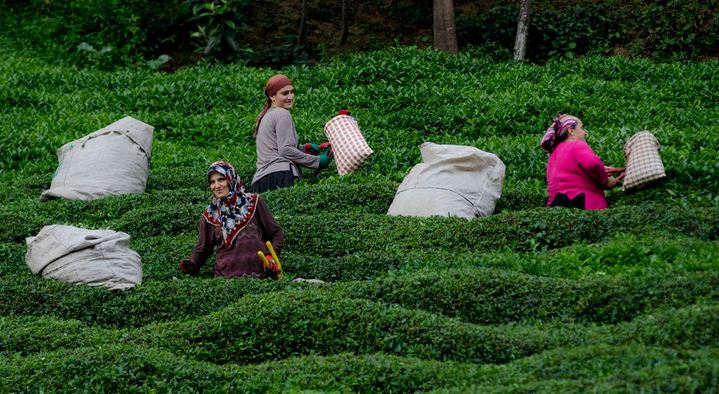
The people of Turkey love their tea. This is not an observation or an individual's point of view, it is more or less an established fact. According to a study conducted almost ten years ago, residents of Turkey consume the most tea, with an average of 2.5 kg per person. Where does so much tea come from in Turkey? Well, they produce a lot, a lot. After all, in 2004 they produced more than 200,000 tons of tea! Today, although most of their tea is exported, most of it is used for domestic consumption. The soil of Rize Province is like gold dust. It is on this soil, on this fertile soil of the Black Sea coast, that all tea is grown.
4. Sri Lanka (two hundred ninety-five thousand eight hundred and thirty tons; 295,830)
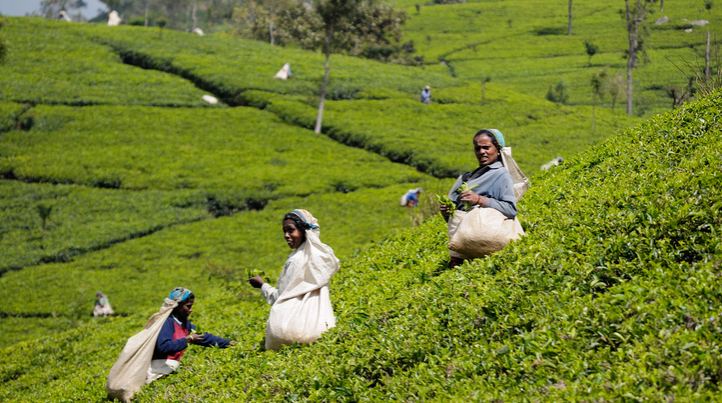
Tea in Sri Lanka is more than just a plant. It is a huge component of their economy and a huge source of livelihood for the people living on this island. The numbers supporting this claim are astonishing. More than 1 million people work thanks to tea. Over $1.3 billion as of 2013 is how much tea contributed to Sri Lanka's GDP. One could talk for a long time about tea facts and Sri Lanka. Most of the tea produced here is exported and many countries actually get most of their tea from Sri Lanka. Russia, the UAE, Syria and even Turkey, themselves among the top tea producers, import a significant portion of their tea from Sri Lanka. It is a relatively small island and most of the tea is grown in two regions: Kandy and Nuwara Eliya.
3. Kenya (Three hundred and three thousand three hundred and eight tons; 303,308)
Kenya's position as one of the world's leading tea producers is quite extraordinary when you look at the working conditions of the growers of these crops. Tea is the most important cash crop for the Kenyan economy, yet the people who produce it struggle to optimize production. No huge farms, very little modern equipment and poor working conditions.
Yet Kenya ranks third in tea production in the world. This is amazing. Nearly all tea grown in Kenya is black tea and most of it is exported. Very little is left for domestic consumption, which is understandable, since the demand for it is small, because tea is the most important cash crop for this country.
2. India (Nine hundred thousand ninety-four tons; 900,094)
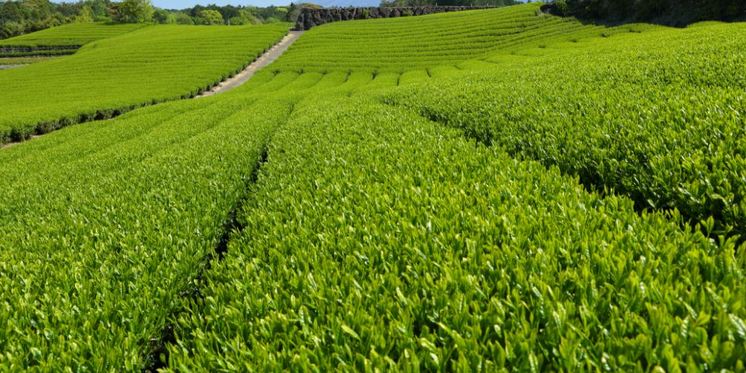
Tea, better known as chai, is an integral part of Indian culture. Officially or unofficially, tea can also be called the "National Drink of the Country", so important it really is. Wholesale tea production began in India at a time when India was under British rule. The East India Company took full advantage of the now world-famous Assam tea, while creating a separate company called the Assam Tea Company to oversee their tea plantations in Assam.
There was a time, not so long ago, when India became infected, was the world's leading tea producer. However, this cannot be said today. Unlike Kenya and Sri Lanka, most of the tea produced in India is used for domestic consumption and only a fraction is stored for export. The most famous tea-growing regions in India are without a doubt Assam and Darjeeling, but the tea grown in the southern regions around the Nilgiri hills also deserves attention.
1. China (One million one hundred thirty tons; 1,000,130)
China is the world's largest tea producer. The focus is on the production of green, yellow and white teas of the highest quality. In China, a lot of land is devoted to tea cultivation. Accordingly, as China's tea production grew over the years, so did exports. In fact, approximately 80% of the greens exported in the world come from China alone. It was in China that the history of tea began. One of the oldest regions known to grow tea is the Yunnan region of China. Anhui and Fujian are two other very important tea growing regions.
Which country is the largest tea producer? How did tea get to Iran? If you actually read this article, you might be able to answer these questions. By now, you must have a little better understanding of how important a plant can be to a country and its people. It's funny when you think about it that way, but that's the beauty of it.
